One of the less-known effects of digital devices is the impact that they are having upon young eyes. Smartphones, personal computers and tablets all use light-emitting diodes (“LEDs”) to illuminate their screens and these are now larger and more powerful than ever. In this interview with Nilo Garcia, Reticare CEO and founder, Nicholas Carlisle asks him about the emerging research that prolonged screen time may cause permanent damage to the eyes of children.
When did you become concerned about our exposure to LED screens?
We are falling in love with our screens. We have an unnatural relationship with them, in which they take all our attention and we are in front of them for hours every day. They are much more than a thing. One of the selling points of devices is screen brightness. Every year the intensity of the light is increasing, the length of time we use screens is increasing and the distance between our eyes to the source – the screen – is becoming less.
In 2013 I came across a research study done by Dr. Celia Sánchez-Ramos. She’s a researcher from Complutense University in Madrid studying retina damage caused by LED lighting. Her research was showing that prolonged exposure to blue light can cause irreparable damage to the retina cells in the human eye. Other universities were doing similar research with animals and finding similar results. In subsequent experiments Dr. Sánchez-Ramos has demonstrated that using adequate protection helps to mitigate the damage.
Why did you start Reticare?
I created Reticare in 2013. I launched it with my partners because we wanted to create the first product to protect eyes from screens.
Can you explain how blue light affects the human eye?
Blue light, which is the primary light transmitted by LEDS, is the most high energy form of light. It comes from the short-wave, high-energy blue and violet end of the visible light spectrum. Blue light has a different composition from natural light and has different effects on the eyes. The University of Toledo has been tracking this research. Cells in the retina, when they receive too much blue light, start to die because of photo-oxydation.
When I listened to your keynote at El Chupete 2019 I remember you saying that the eyes of children are particularly vulnerable to screens.
Many people are worried. When you buy your children a tablet or a smartphone you don’t believe that you are buying a product that could be harmful to their eyes. The question is how much they are using their devices. If you spend many hours in front of the screen it could have real damage.
There are two risks for children. The first is myopia which has become an epidemic. If you go to schools you see a lot more glasses. When I was a young kid perhaps one in a hundred had glasses. Now many more do. A research study from the University of Southern California found that childhood myopia among American children has more than doubled over the last 50 years. It’s not surprising. If you are spending many hours a day looking at something very close you risk myopia. The findings echo a troubling trend among adults and children in Asia, where 90 percent or more of the population have been diagnosed with myopia.
The other risk is damage to children’s retinas caused by exposure to the blue light from the screens. Children want to get close to their screens and be involved in what is happening. They can see much closer than us and they have less aversion to the light than adults. The macula is the central part of the retina. In children four years old the macula is not yet fully developed. Their eyes are so transparent that the light comes directly to the retina. The same time for a kid can be much more risky than for us. Their proximity to the light source means that the quantity of light coming to their eyes is much bigger, about three times greater. We don’t yet have long-term research on this but I am concerned what we are doing to them. Anything that you do that affects the retina is going to have consequences in the future.
If the risks are truly significant why is no-one doing anything about this?
We need to open the debate in the schools. In Virginia they are paying attention to the risk of devices for their students. Last year the Commonwealth of Virginia passed legislation requiring the Department of Education to limit the amount of time students spend on their devices in the classroom and to make sure that they take regular breaks. Something that you can manage in the home is the amount of time your kid is in front of the device. But you are not able manage their exposure to screens in their classrooms. They cannot be allowed to spend eight hours in front of a device at school. That is too much.
What’s your advice to parents?
I have two children. This is a very difficult question, especially when their devices are asking them to continually look at the device. They need to understand what relationship they have to the device. I try to teach them that they can be free and not be addicted to the device.
Before four years old, I advise no screen time. After that pay attention to the distance that your children are to their screens. Make sure that there is another light source in the room. And if you are thinking of the length of screen time, reduce that number. Your children need to understand that screens can be harmful.

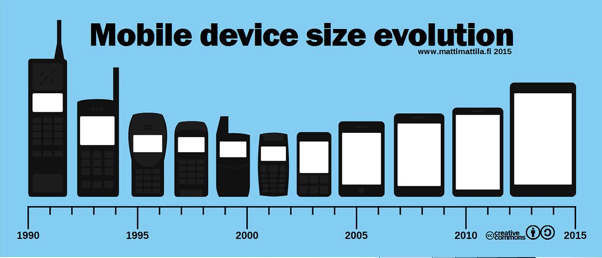
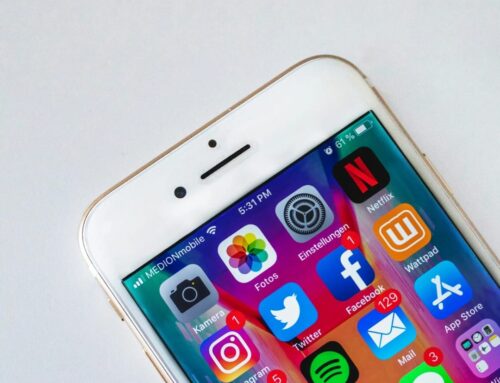
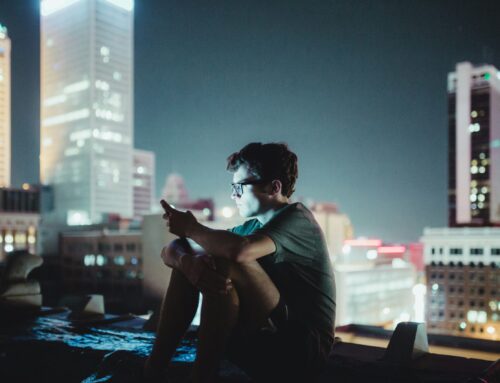
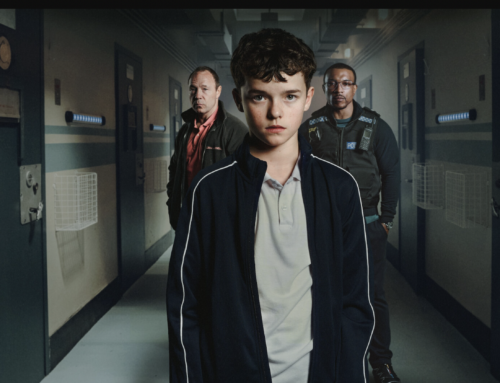
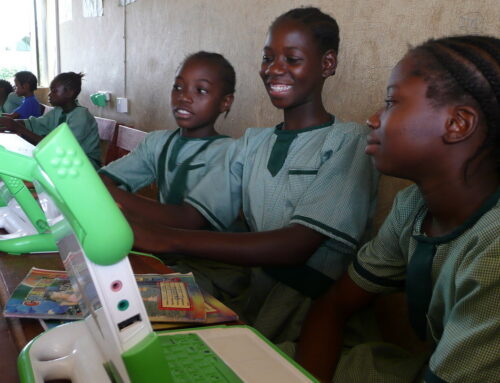
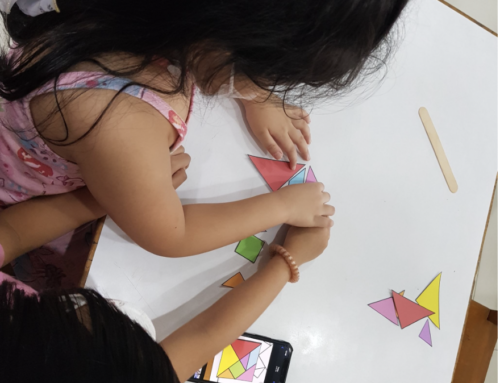
Leave A Comment